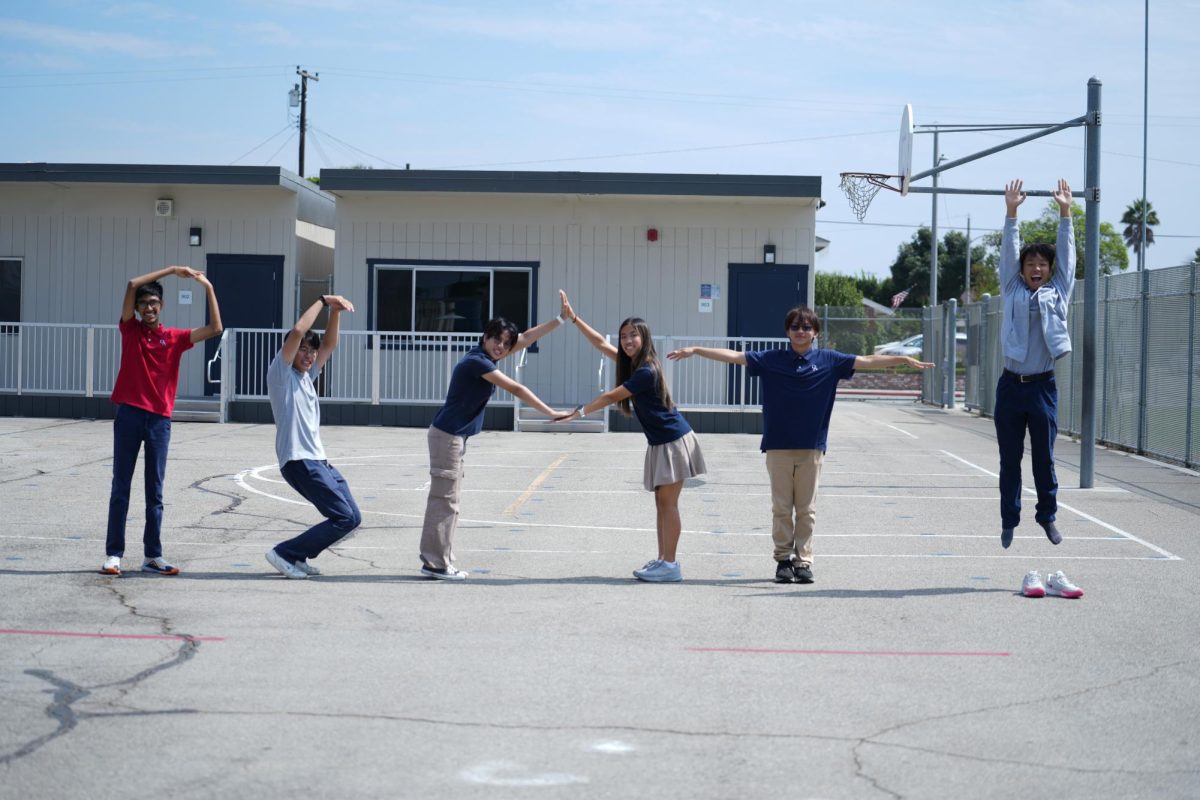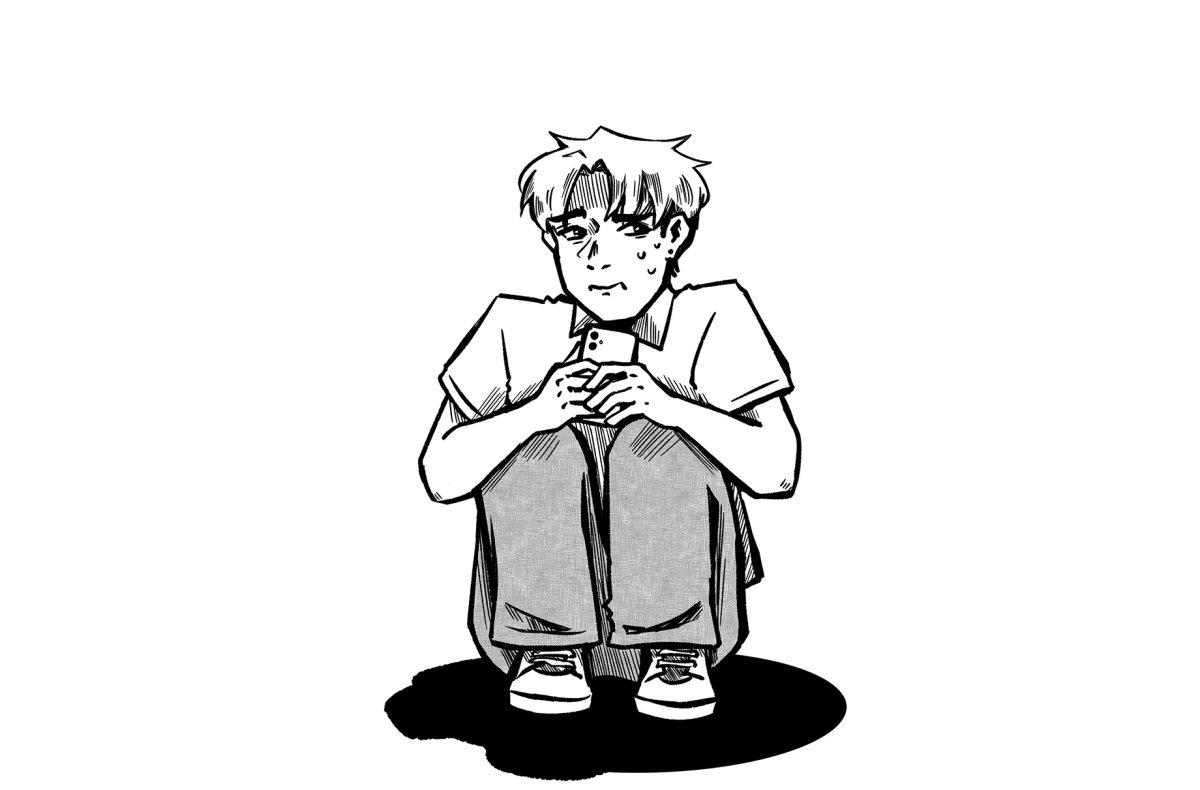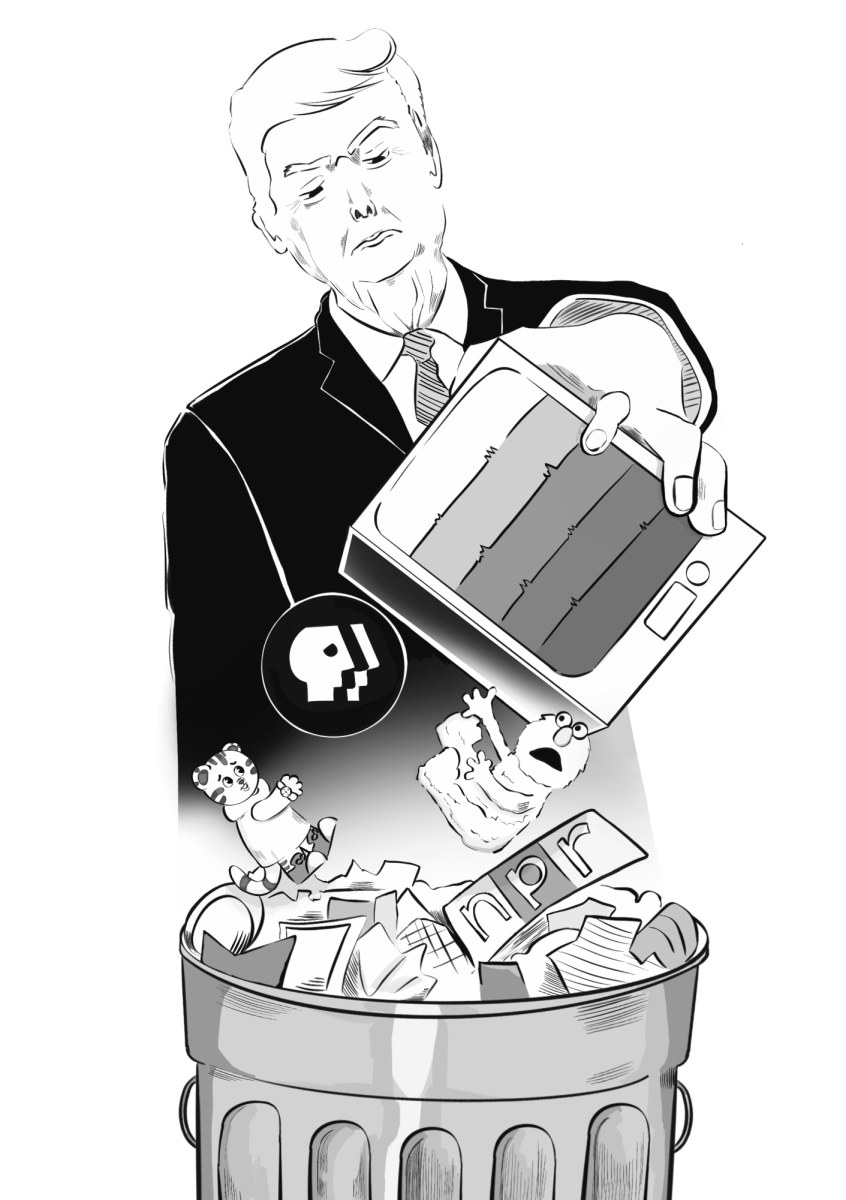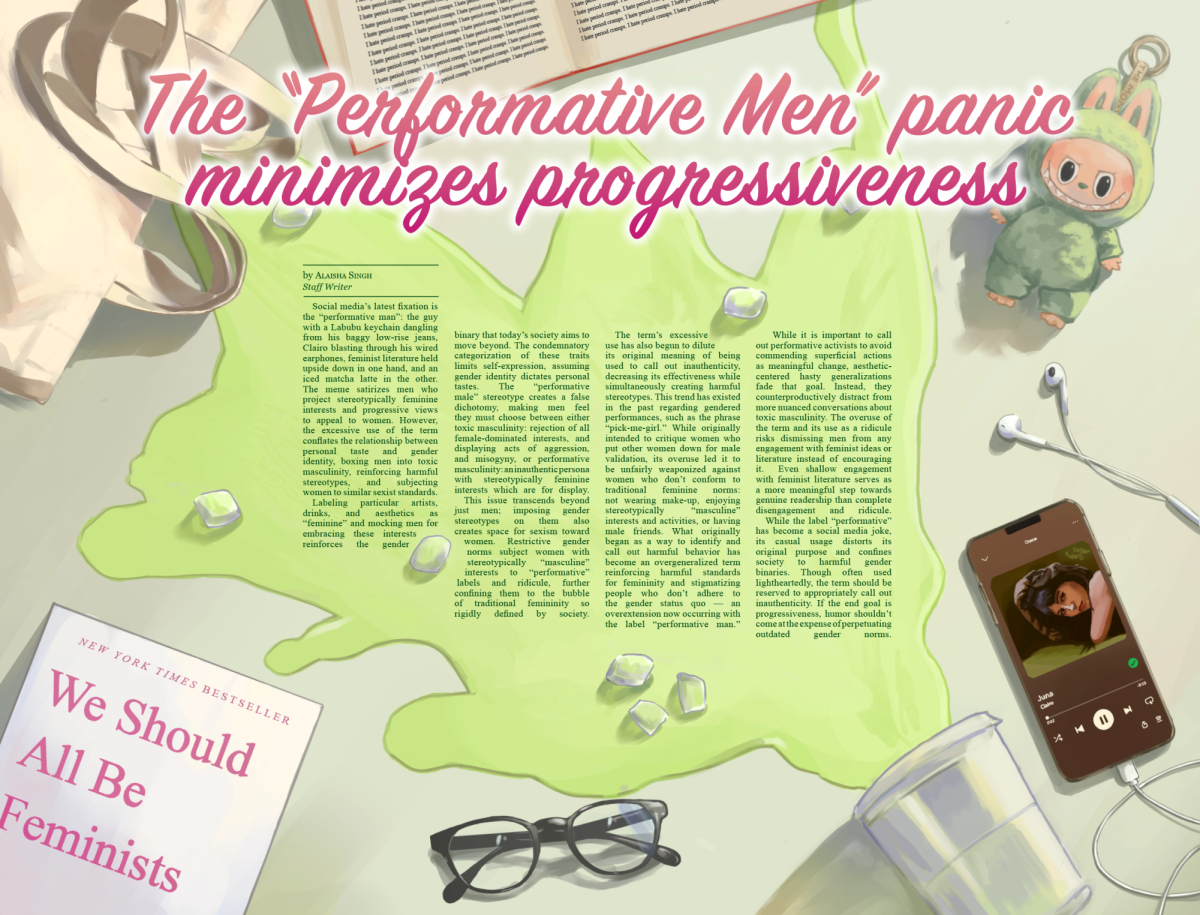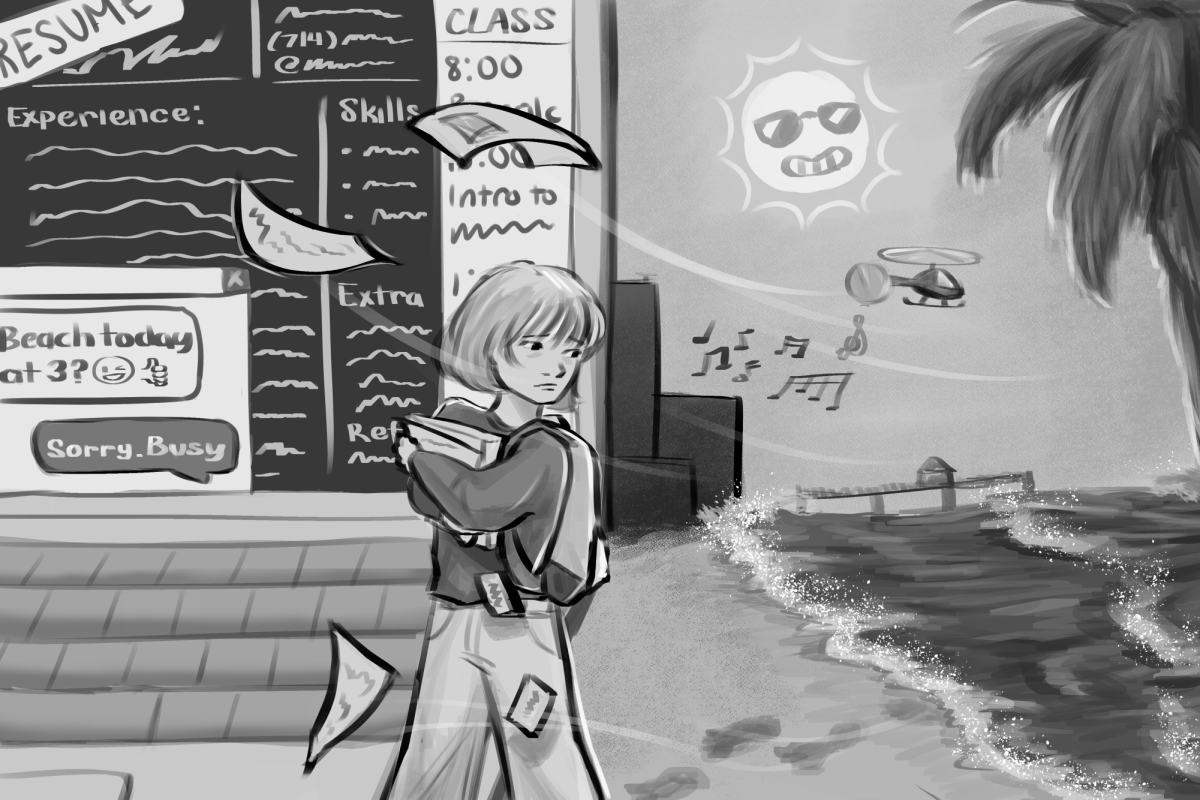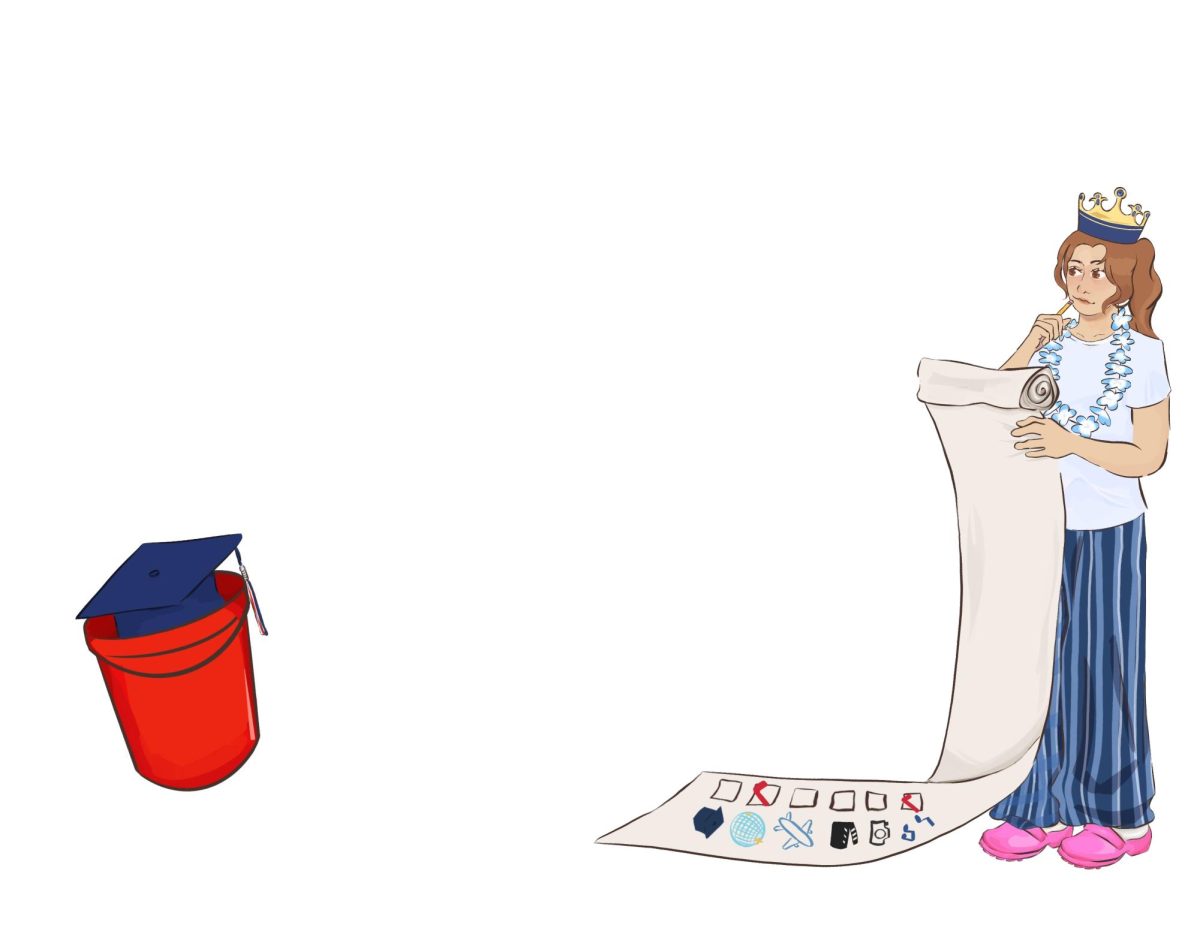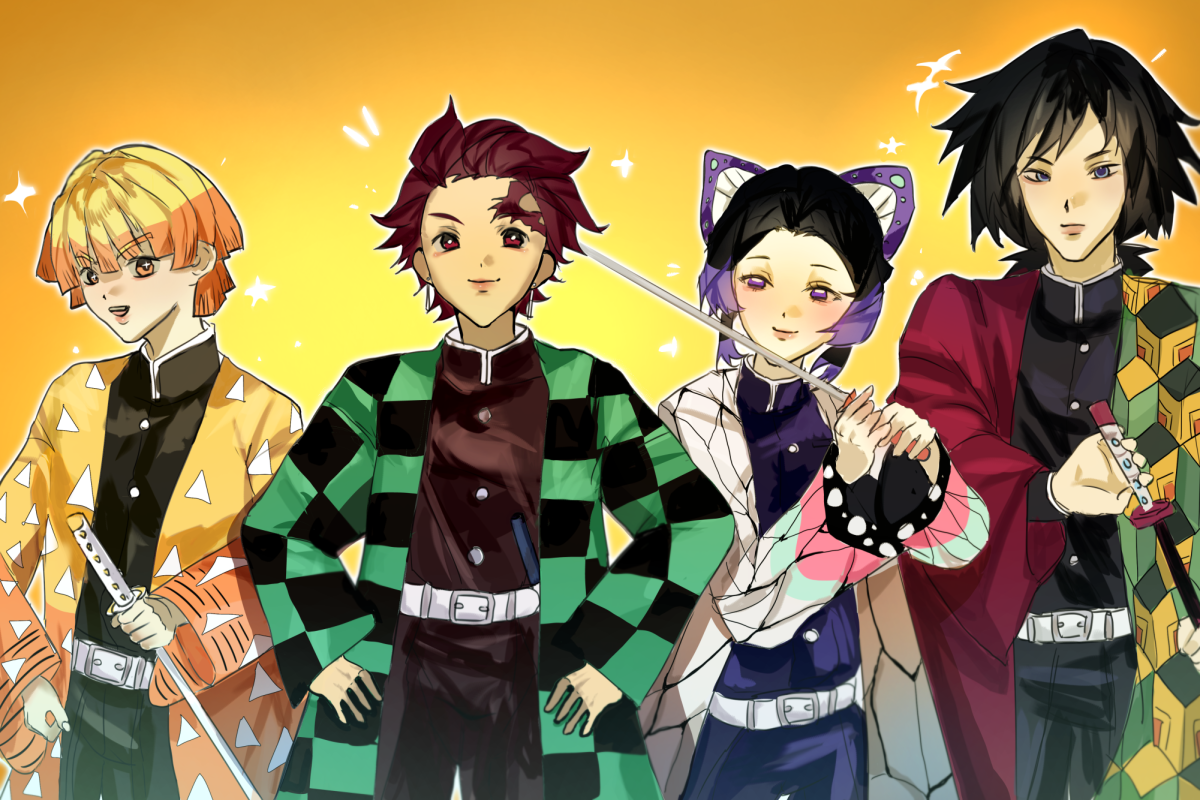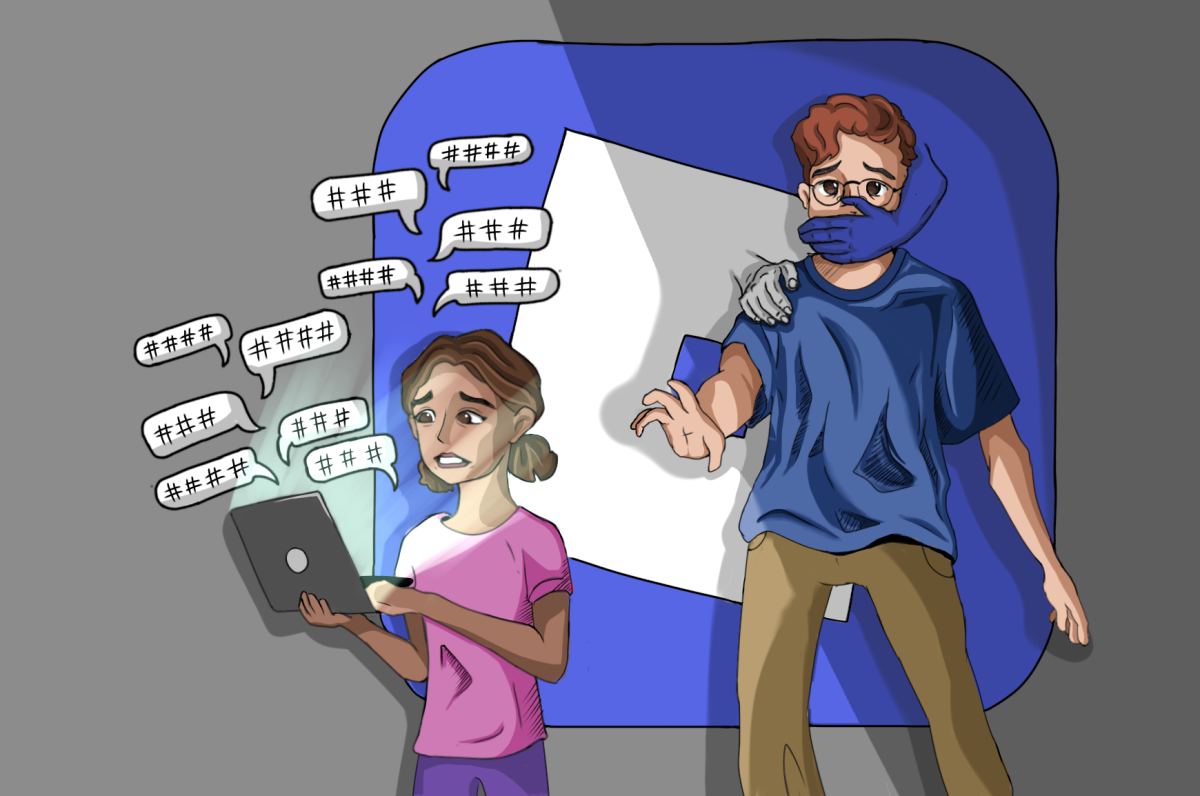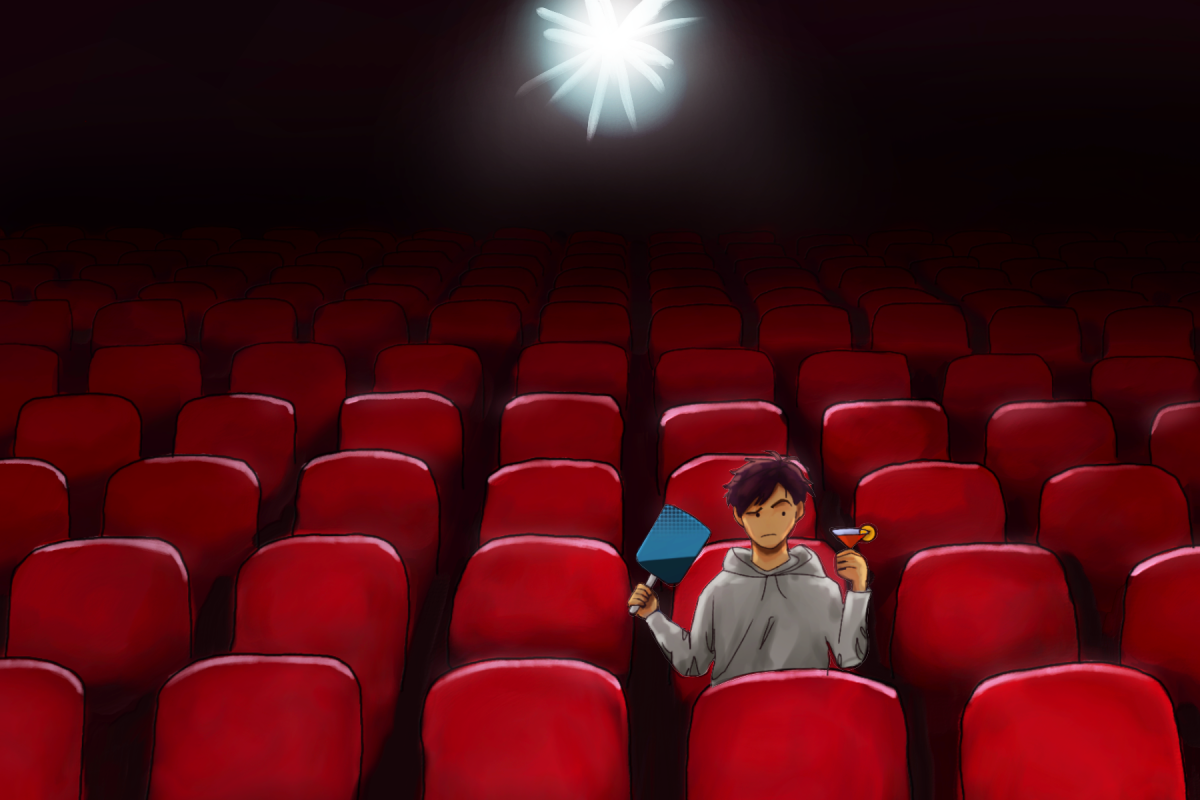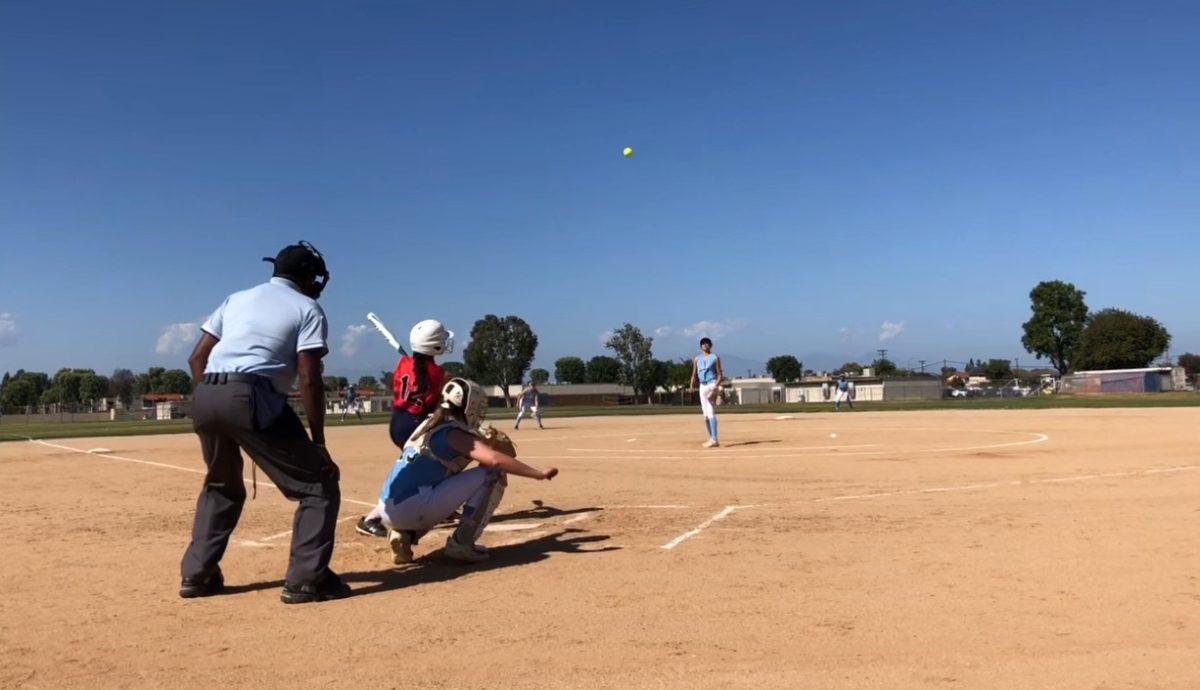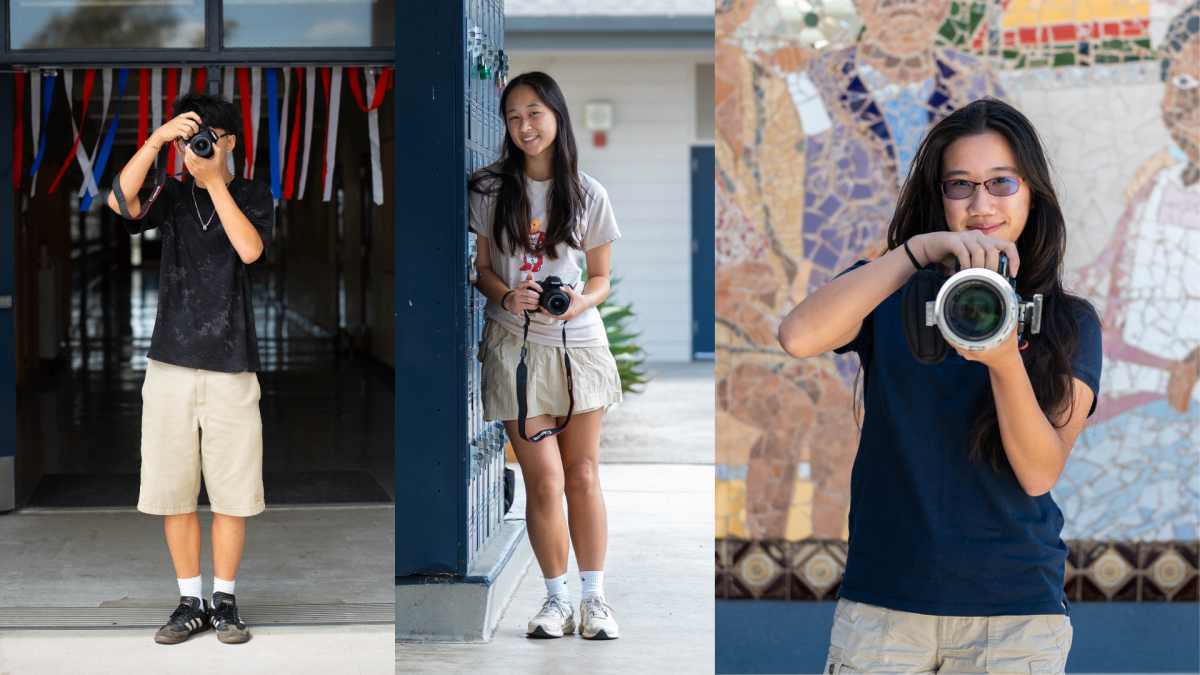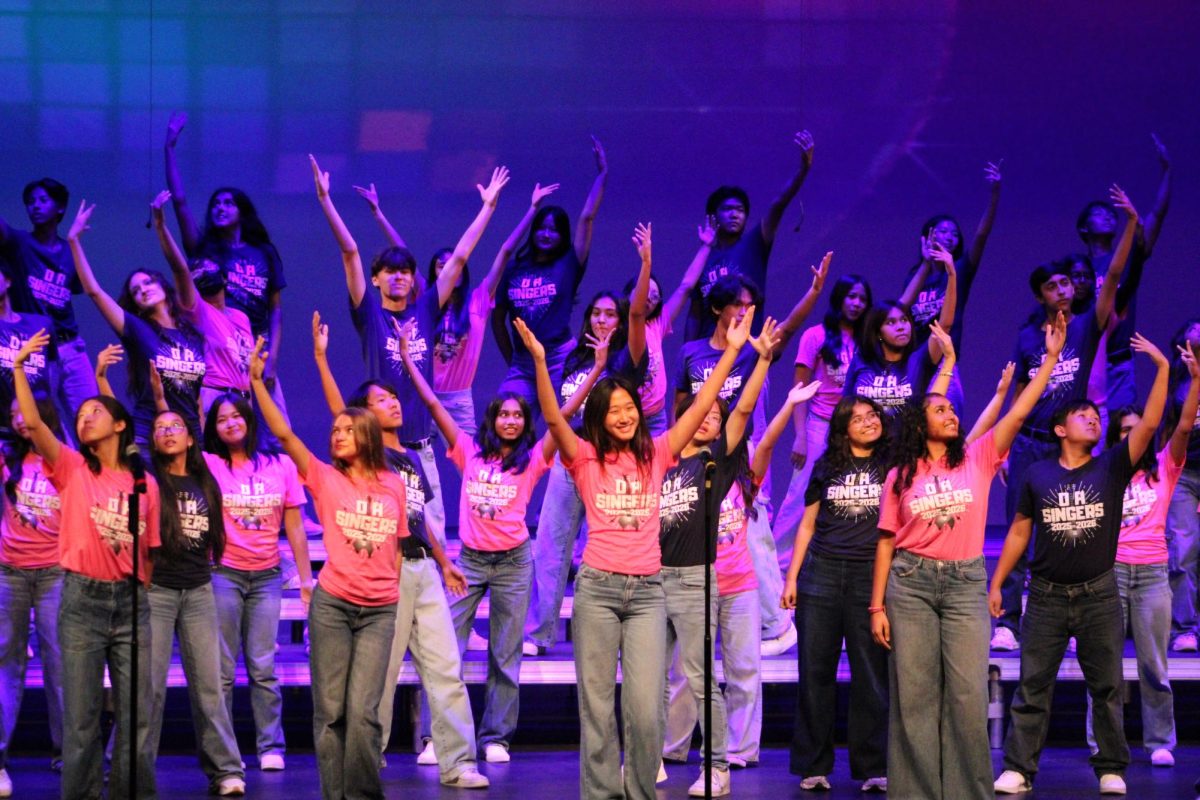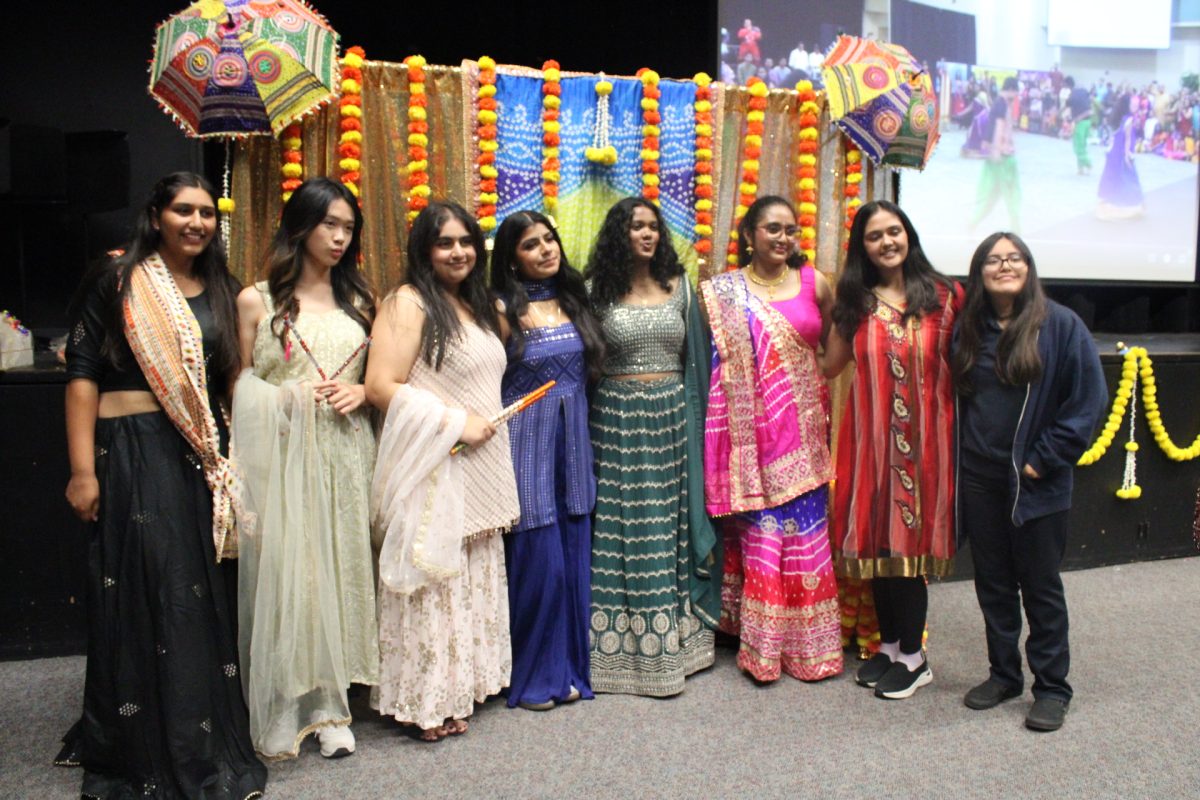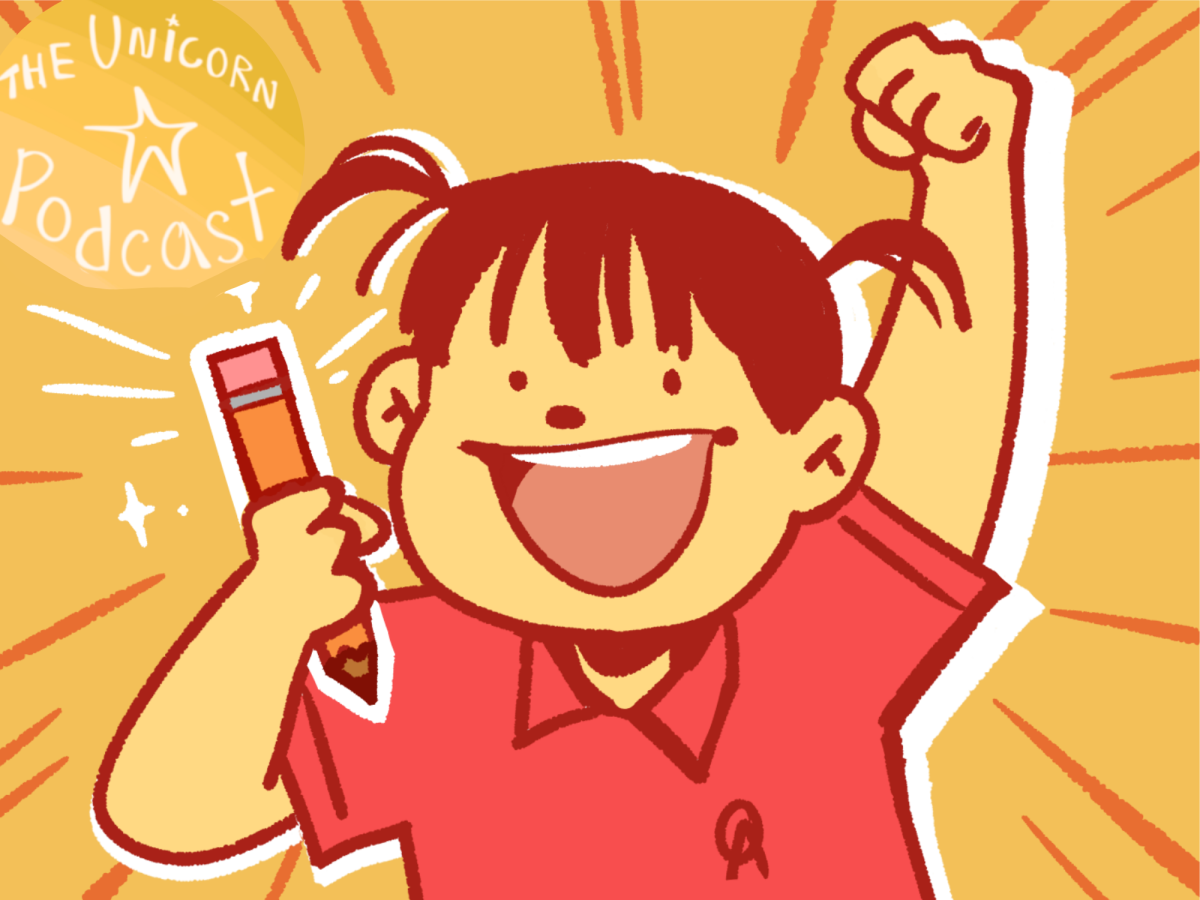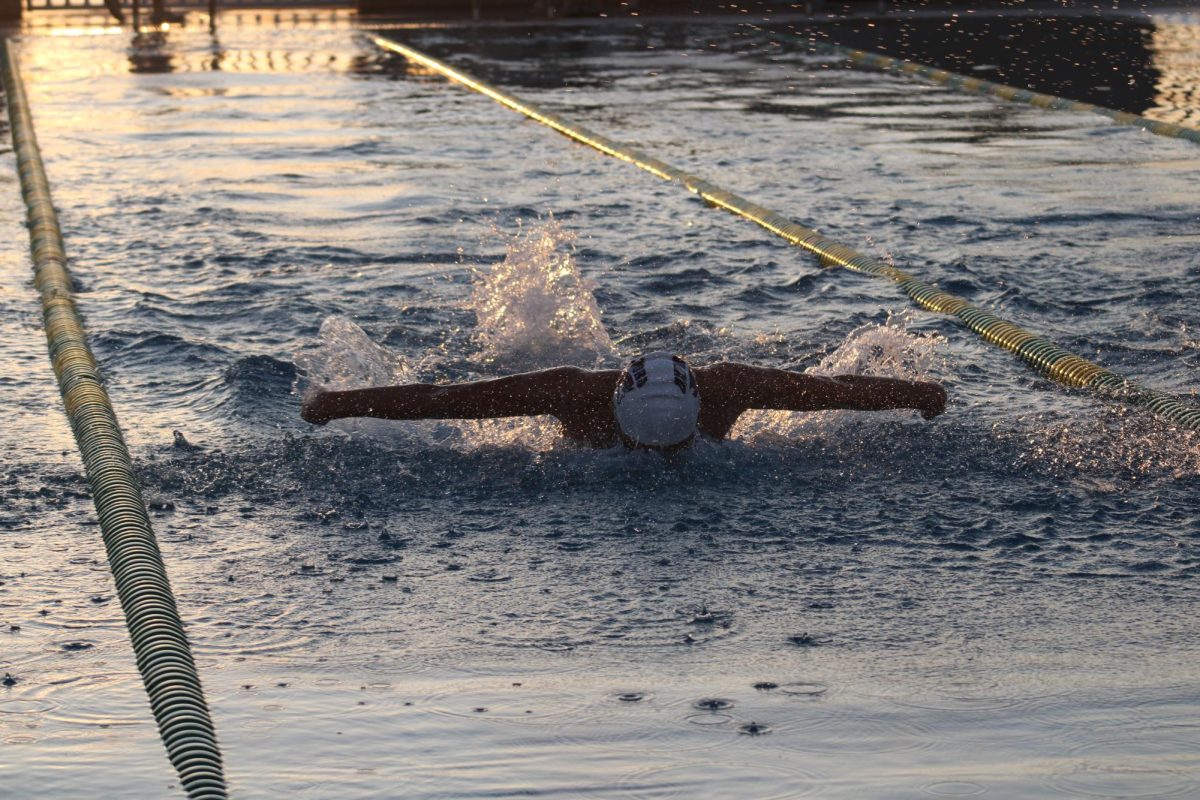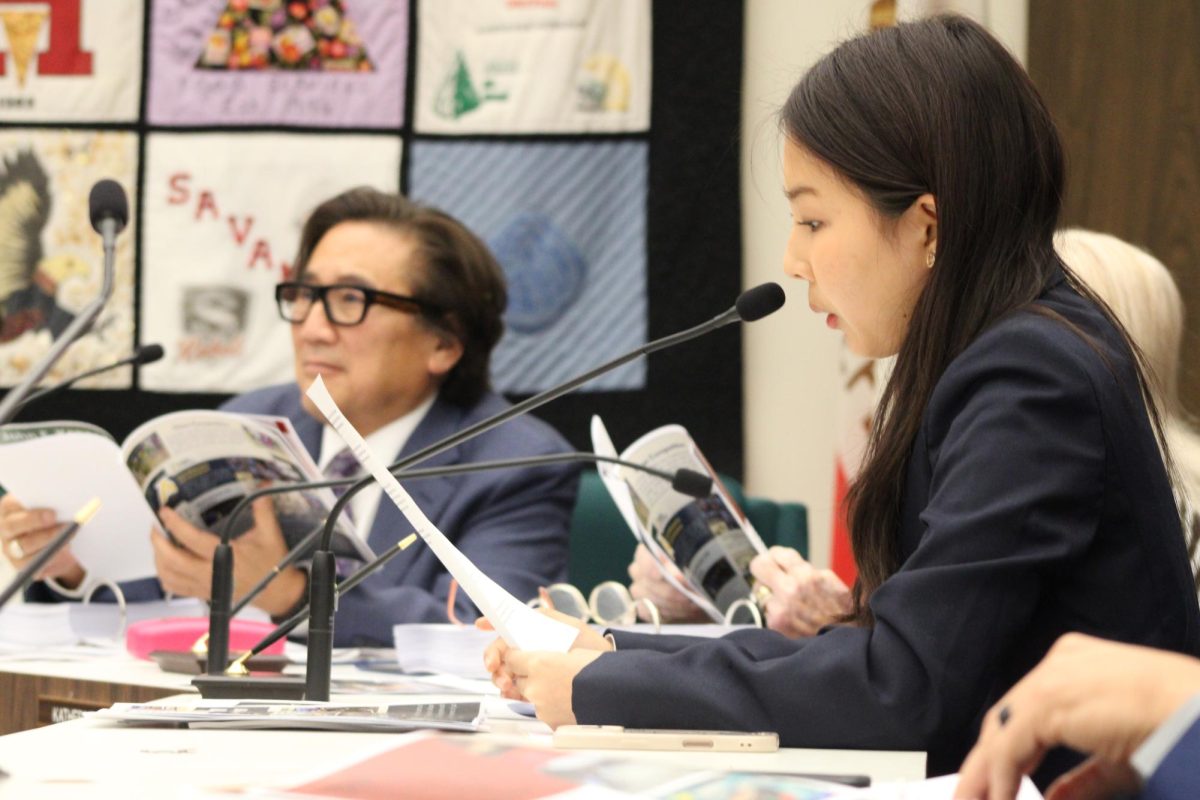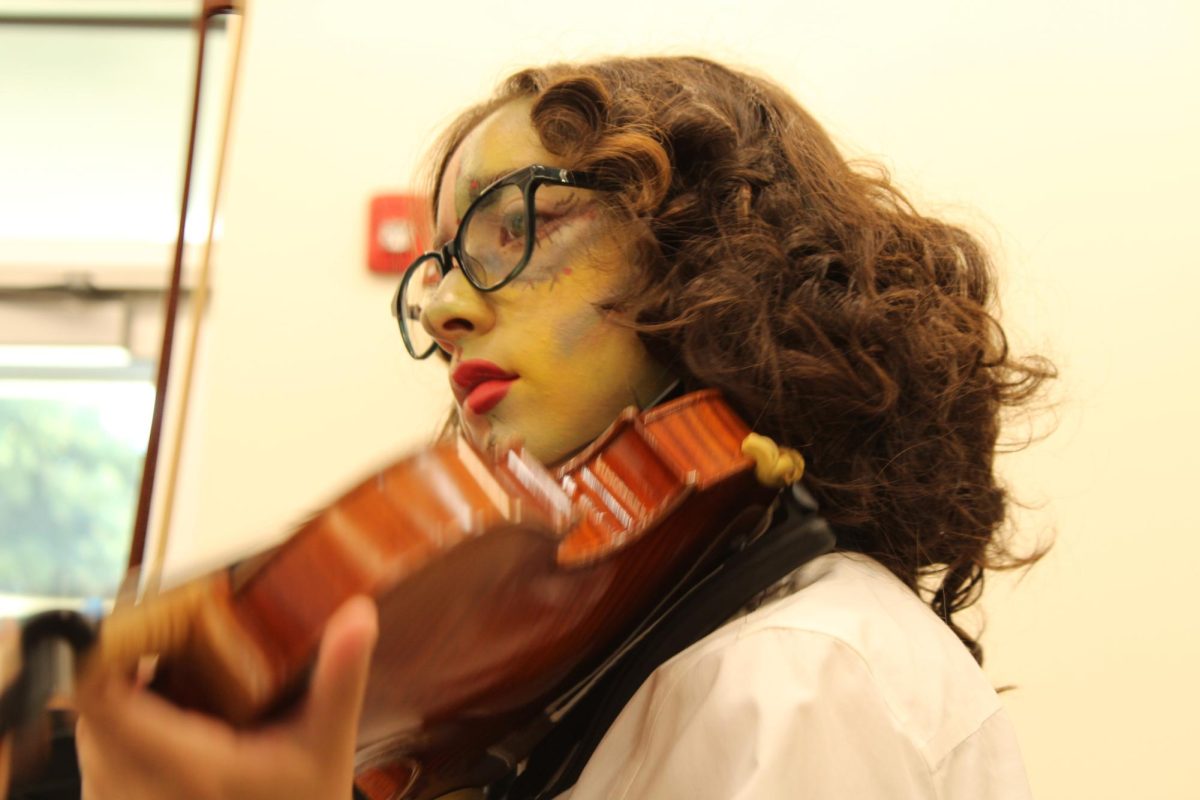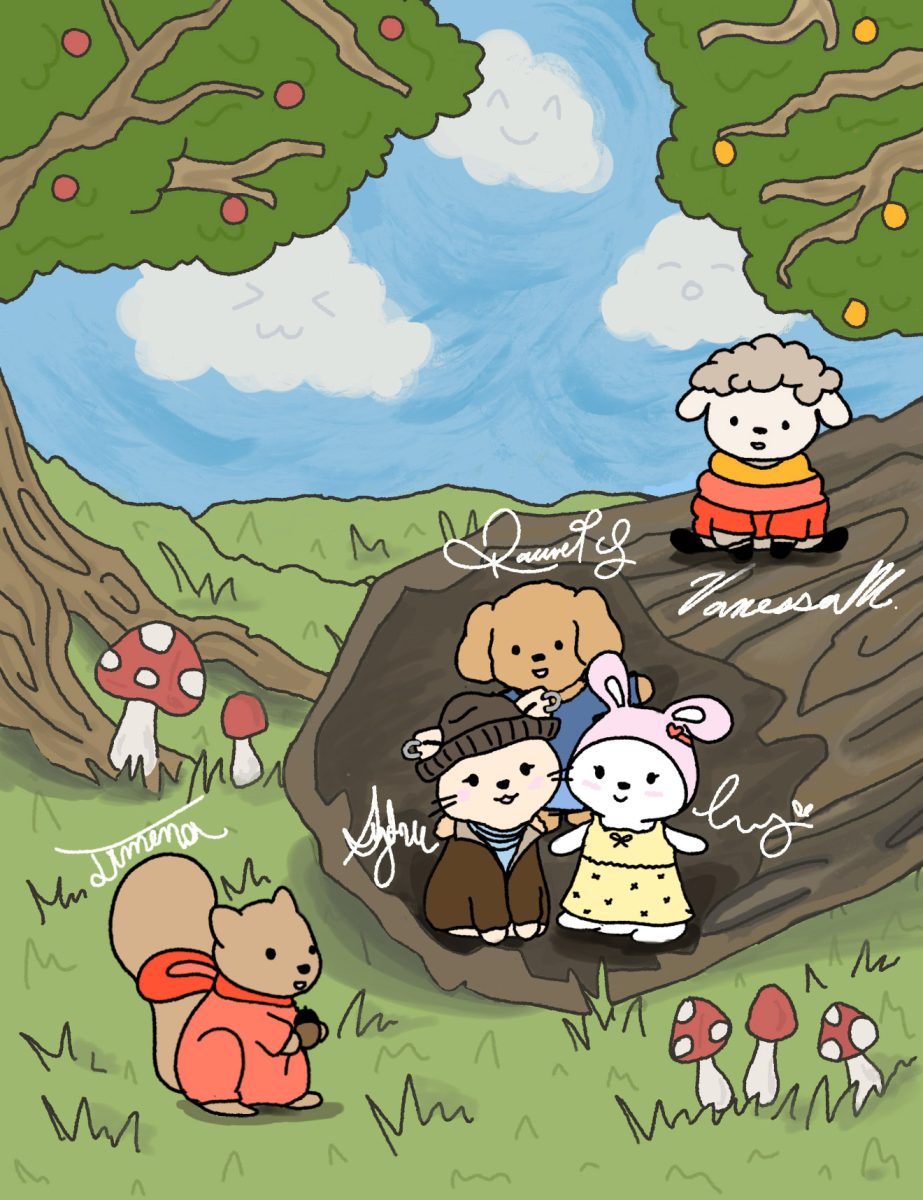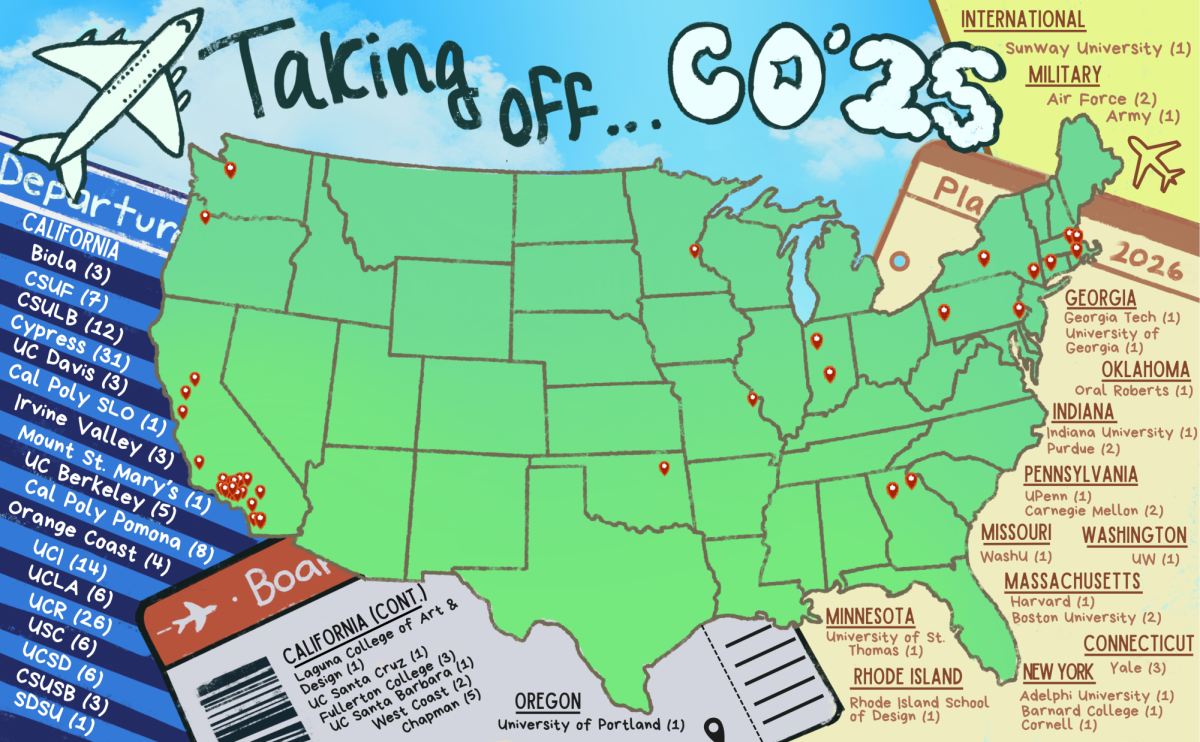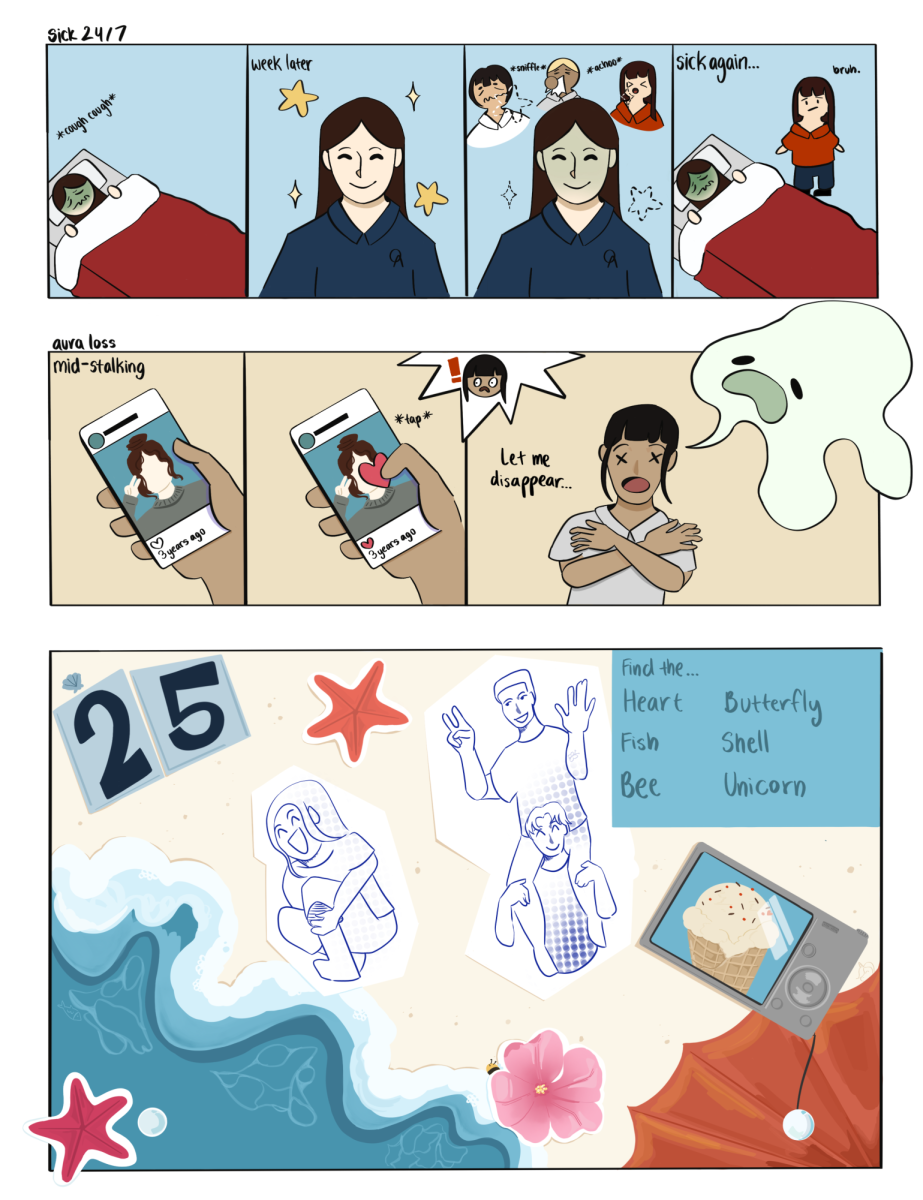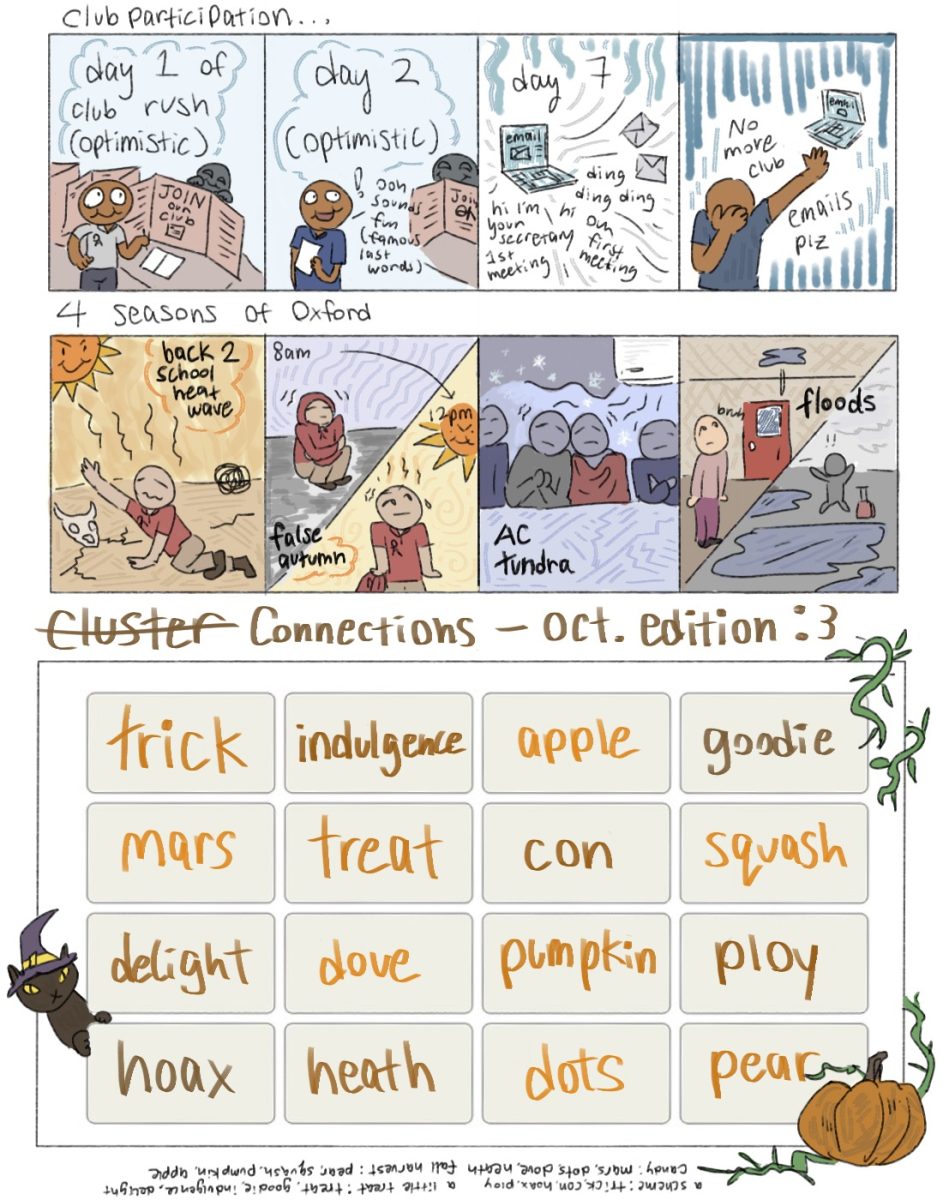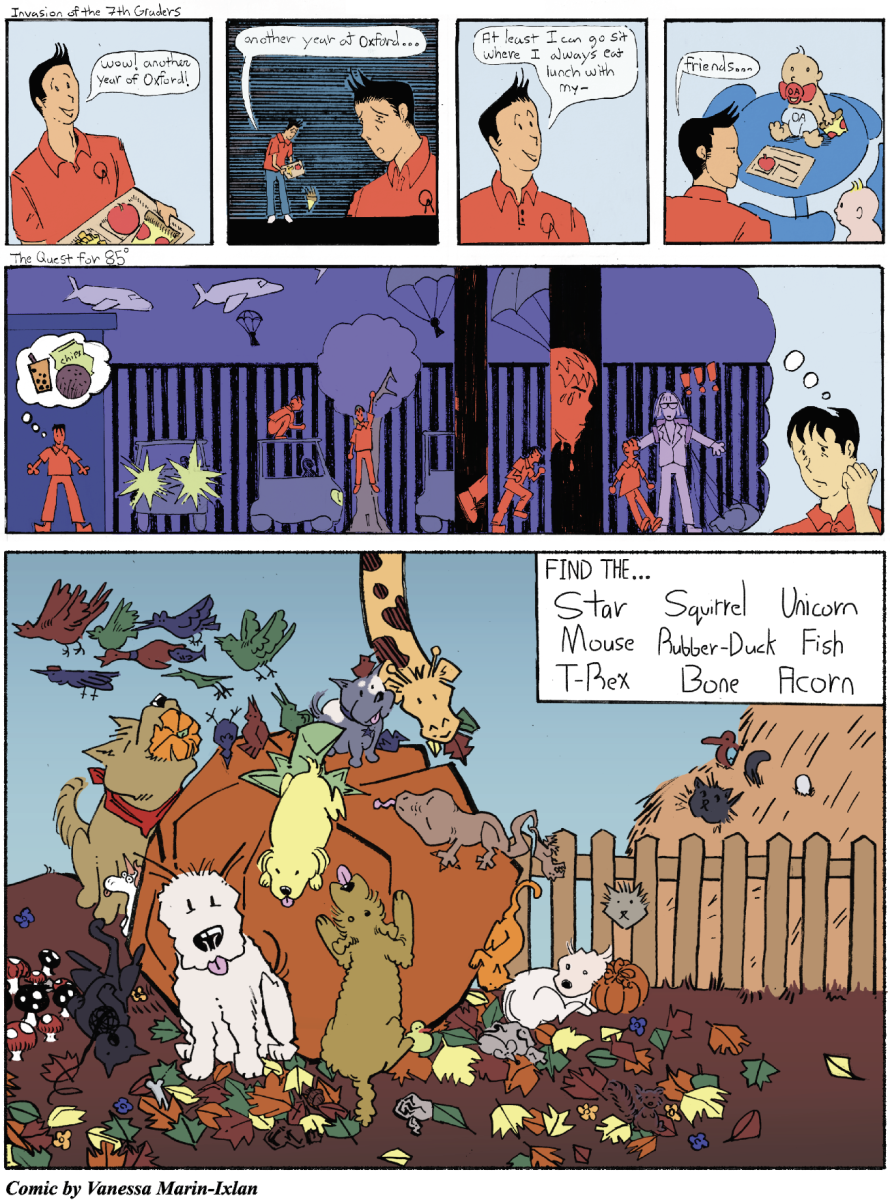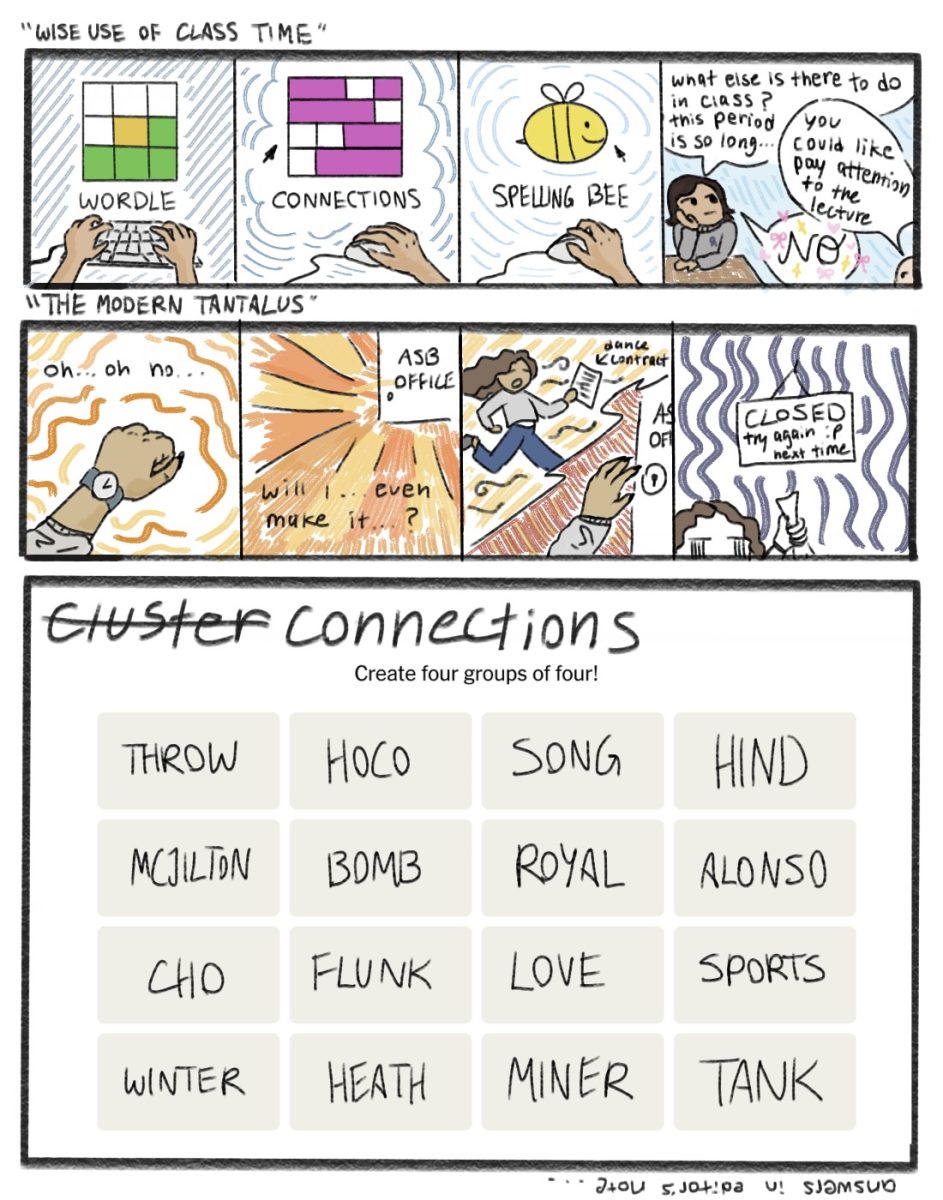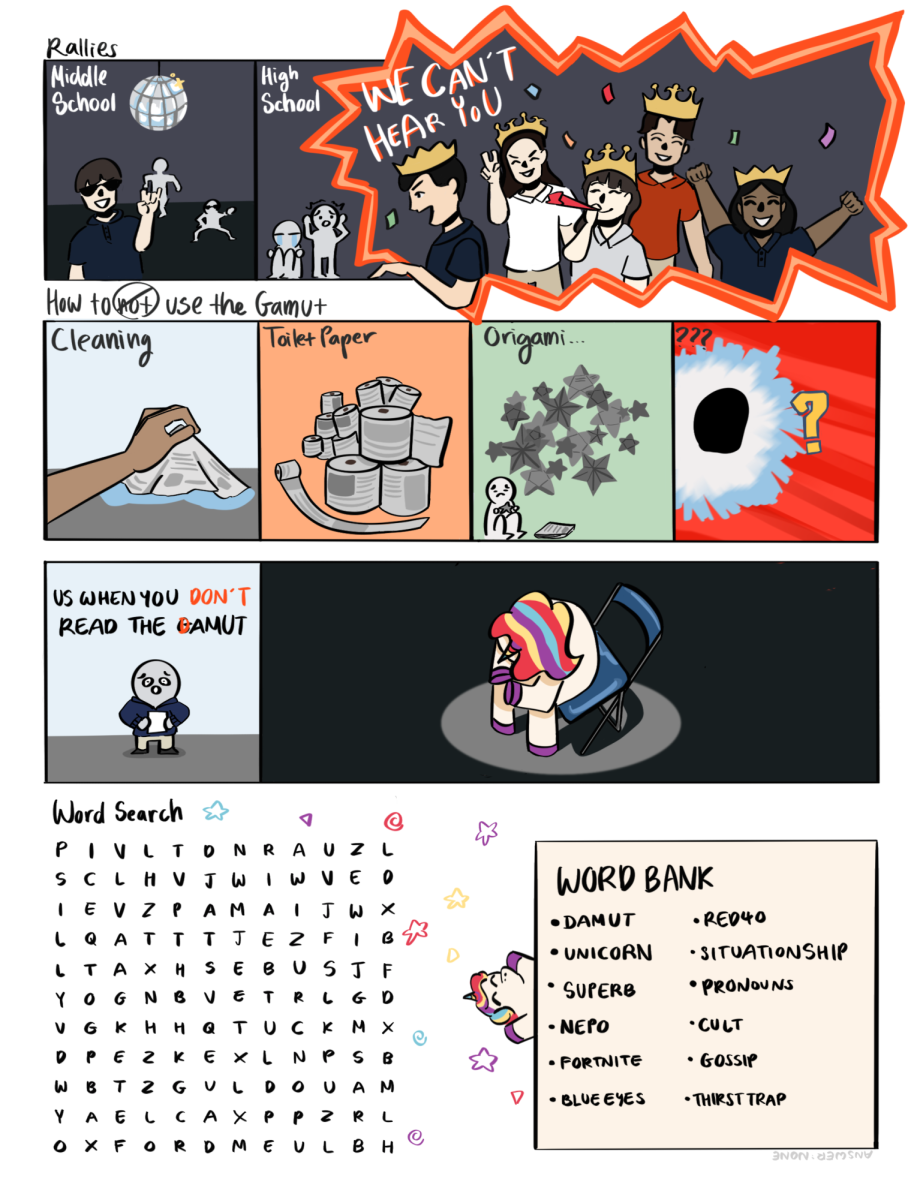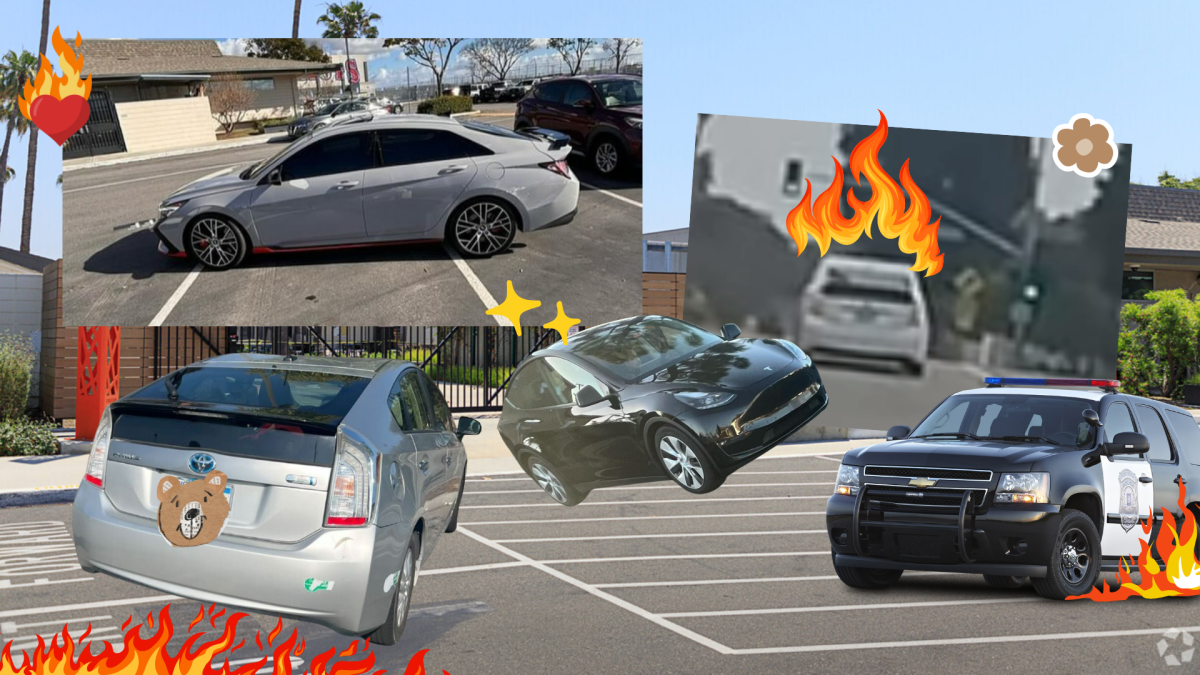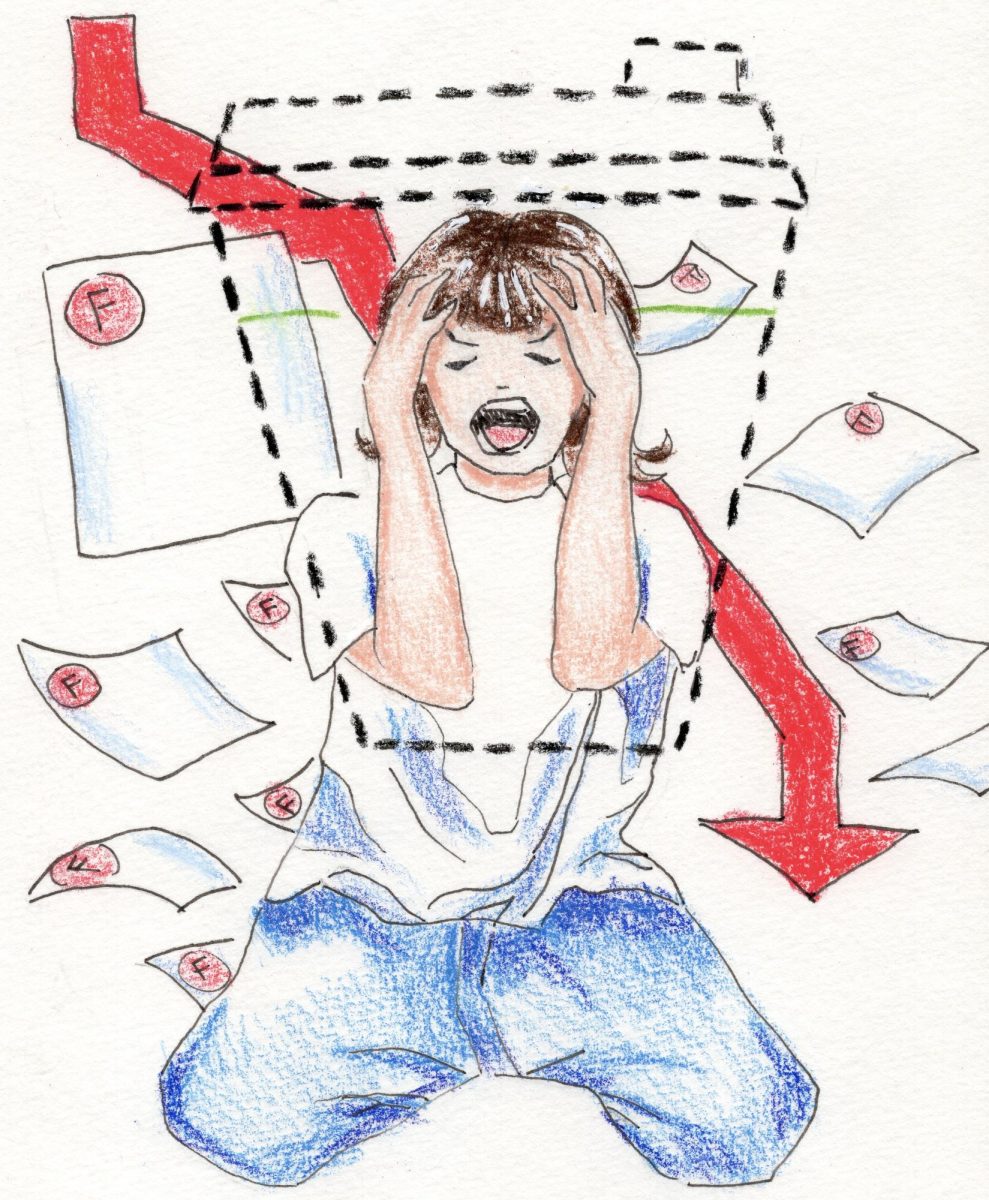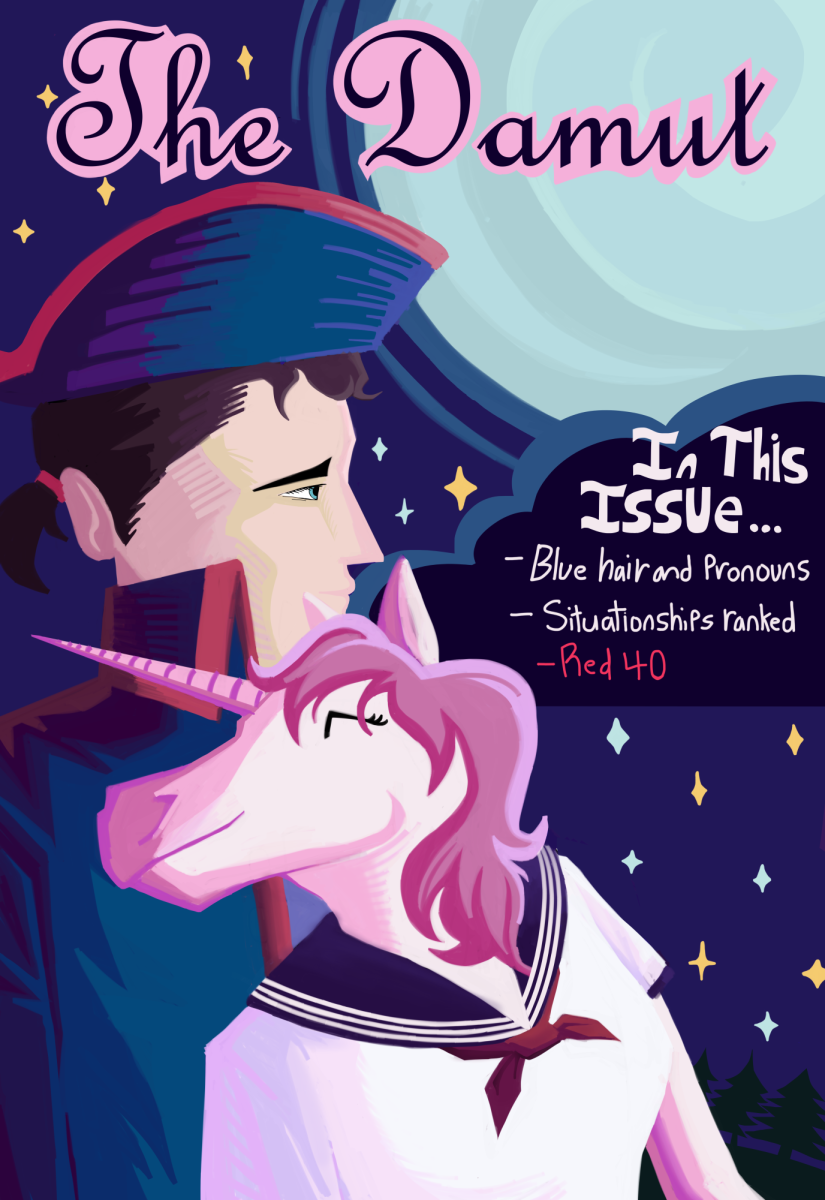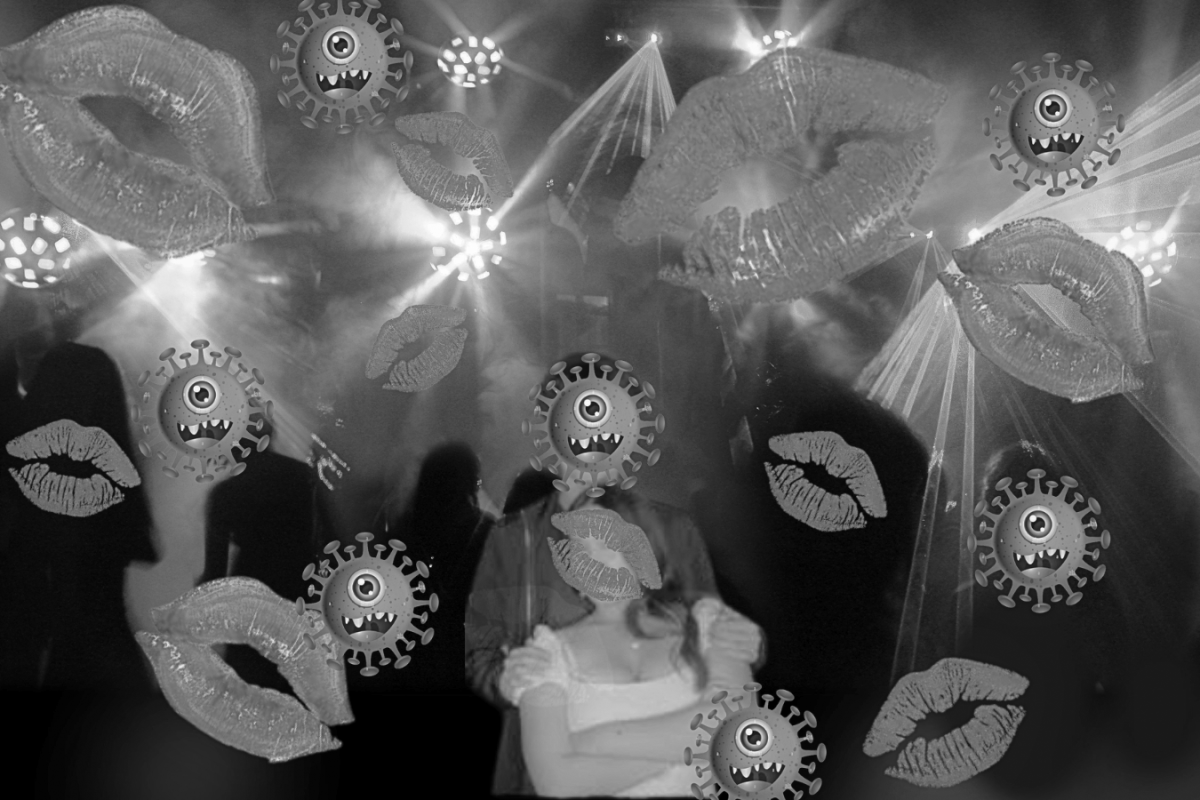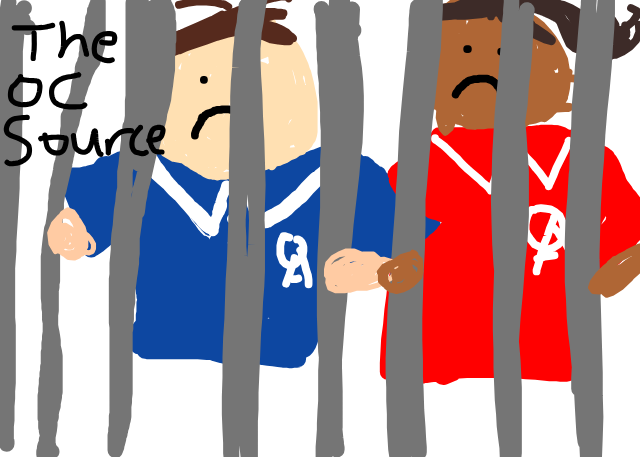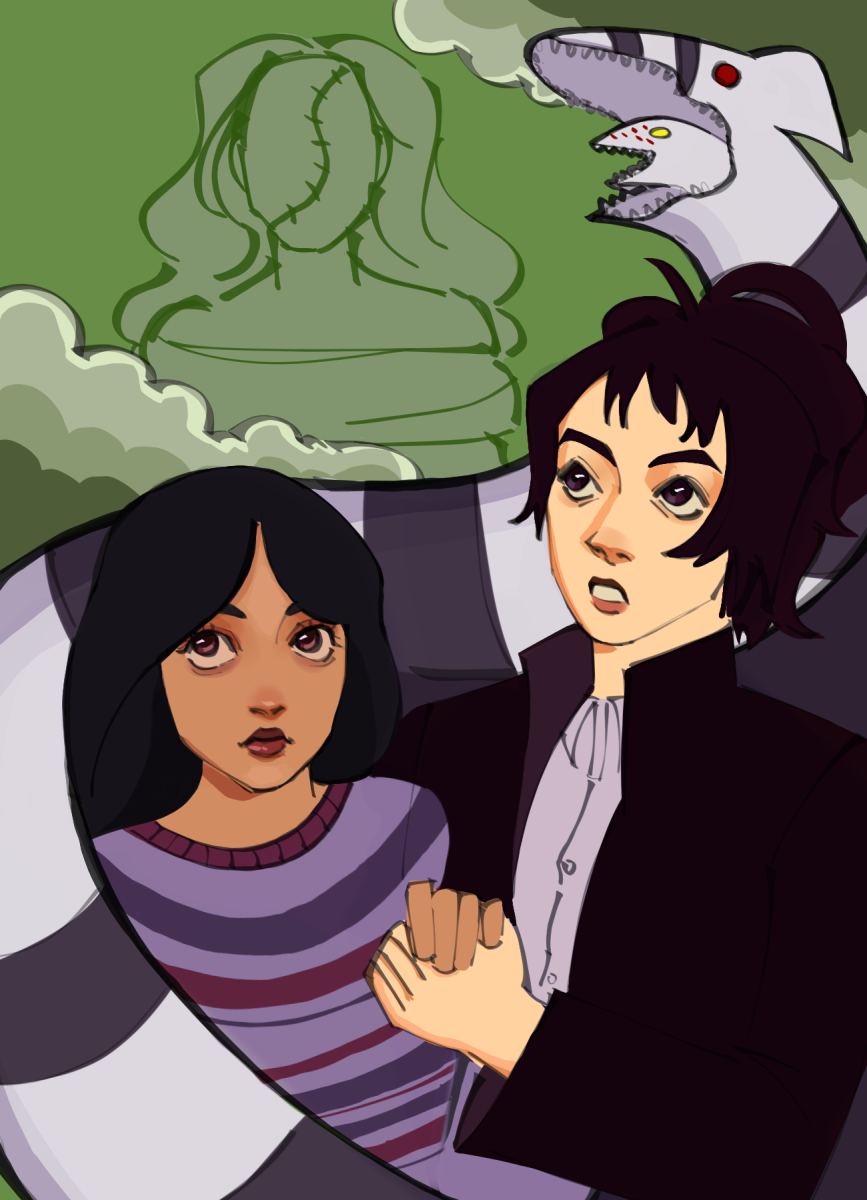Returning 36 years after its iconic predecessor “Beetlejuice,” the highly anticipated Tim Burton-directed sequel “Beetlejuice Beetlejuice” hit theaters on Sept. 6 in a $110 million opening weekend. The horror-comedy stars returning actors Winona Ryder, who reprises her role as Lydia Deetz, Michael Keaton, and Catherine O’Hara, while introducing new faces Jenna Ortega and Monica Bellucci.
The original 1988 film follows a ghost couple who enlist a mischievous demon named Beetlejuice to scare out the new inhabitants of their house — a timeless classic that has set high expectations for its sequel. “Beetlejuice Beetlejuice” emulates its predecessor with stunning practical effects and immersive acting, but its poor pacing and rushed resolution create a less satisfying film than the original.
Set 30 years after the forerunner, Lydia Deetz and her family return to their hometown Winter Rivers following the tragic loss of her father. Haunted by the ghosts of her past, Lydia’s world is upended when her teenage daughter, Astrid (Jenna Ortega), is lured into a portal leading to the afterlife. Desperate to find her daughter, Lydia calls on her childhood demon, Beetlejuice (Michael Keaton), to return Astrid to the world of the living before it is too late.
Ortega and Keaton stood out for their exceptional execution of their characters. Ortega flawlessly portrayed Astrid as a rebellious teenage girl with an incredibly complex relationship with her mother, adding a layer of emotional depth to the film. Meanwhile, Keaton’s return as Beetlejuice established a comedic and playful energy, particularly in scenes of his evil lair and comical performance of “MacArthur Park” by Donna Summer.
The film utilizes practical effects rather than relying completely on CGI, bringing to life the iconic eccentricity of Burton’s movies through exaggerated costumes in the afterlife and cartoonish deaths performed by the “soul-sucking” Delores (Monica Bellucci). These practical effects also work to illustrate Beetlejuice’s gory tricks and amplify Keaton’s acting. The choice to use exaggerated practical effects was a strength of the film as it brought a needed physical element to complement the surreal nature of the movie and cater to its dark, irregular aesthetic.
While the film was visually appealing, many character storylines were half-baked due to abrupt endings. One considerably flawed storyline was that of Delores. While being depicted as a powerful villain through tense scenes in the exposition (such as her physically reconstructing her body), her storyline had a poor resolution and ultimately was insignificant. Other underwhelming narratives include the brief encounter with Astrid’s ghostly neighbor, Jeremy (Arthur Conti), and Delia Deetz’s (Catherine O’Hara) sudden introduction to the afterlife. These underdeveloped storylines create a rushed and less comprehensive movie than the original.
Although it may not have the same engaging plot as its forerunner, “Beetlejuice Beetlejuice,” with its gory practical effects and powerful acting performances, proves itself as another entertaining, eccentric film from Burton.




